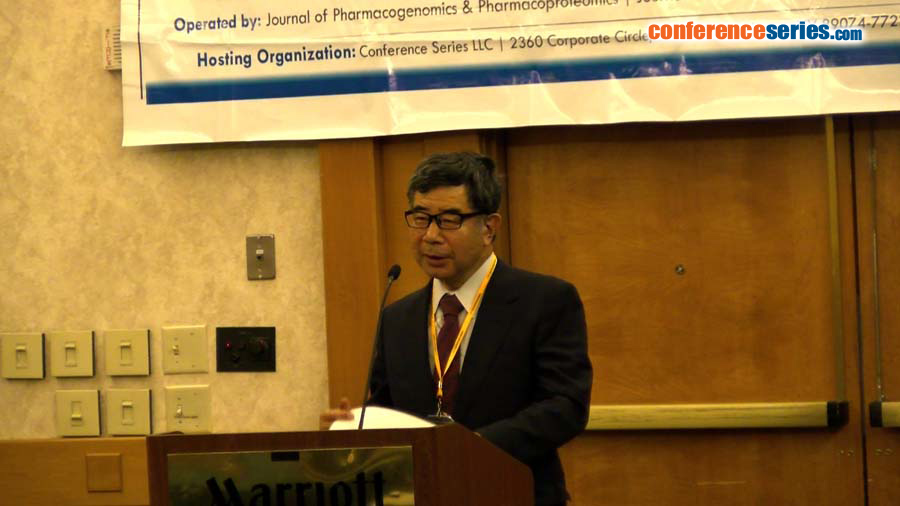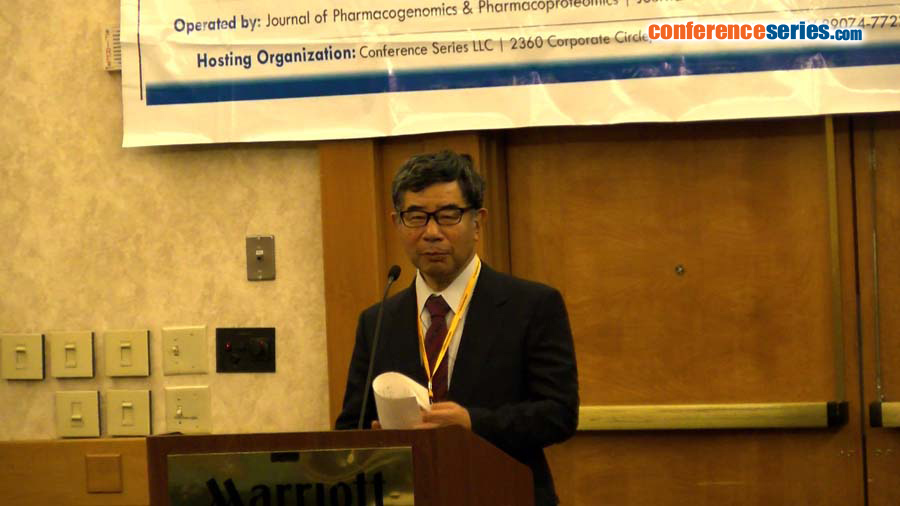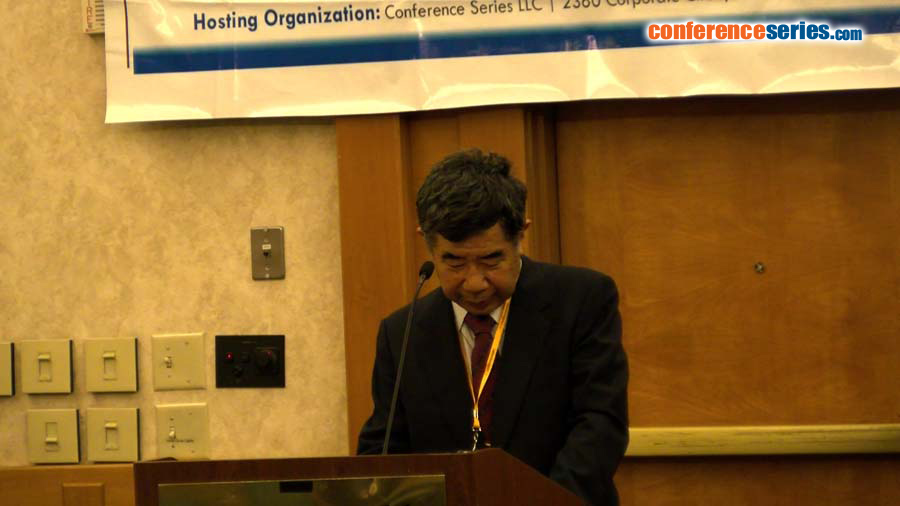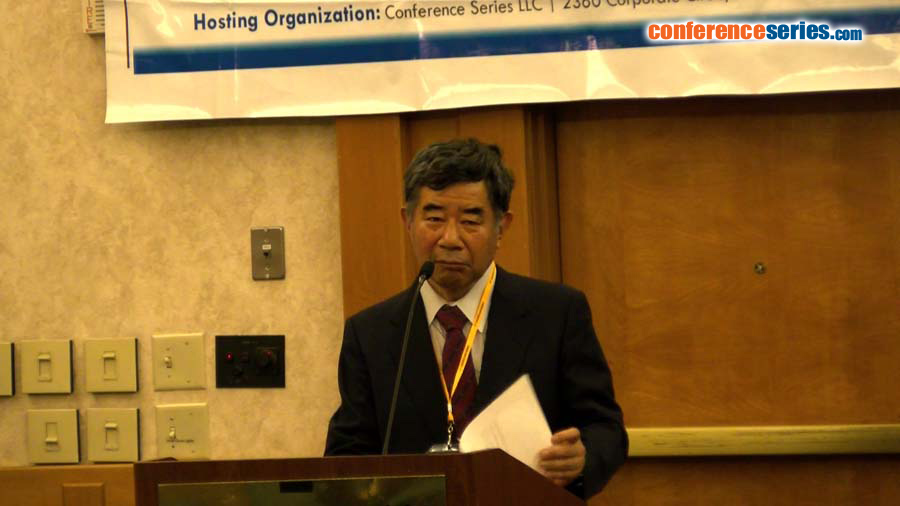
Hiroyuki A Watanabe
Showa University Northern Yokohama Hospital, Japan
Title: Acute appendicitis with neuroendocrine tumor G1 (carcinoid): Pitfalls of conservative treatment
Biography
Biography: Hiroyuki A Watanabe
Abstract
Appendectomy is widely accepted as the first-line treatment for acute appendicitis in the absence of abscess formation and peritonitis. However, controversy remains over the therapeutic options after conservative treatment. Here, we describe a case of neuroendocrine tumor G1 (NET G1; carcinoid) that was found by performing interval appendectomy after successful conservative treatment. A man in his early 30s presented to our clinic with right lower abdominal pain. Computed tomography (CT) and ultrasonography (US) revealed a swollen appendix and an appendicolith. Abscess formation was not observed but ongoing appendiceal rupture was not ruled out. Three months after successful conservative therapy, the lumen of the apical portion was kept dilated and laparoscopic interval appendectomy was performed. No tumorous findings were observed macroscopically. However, by histology, many tiny nests were found infiltrating the submucosa, muscular layer and subserosa at the root of the appendix. Appendiceal neuroendocrine tumor G1 (NET G1; carcinoid) was diagnosed immunohistologically. Neither CT nor US visualized the tumor because of its non-tumor-forming but infiltrative growth. In conclusion, after successful conservative treatment, interval appendectomy should be considered to uncover possible appendiceal NET G1 (carcinoid), particularly when dilatation of the distal lumen being kept observed.






